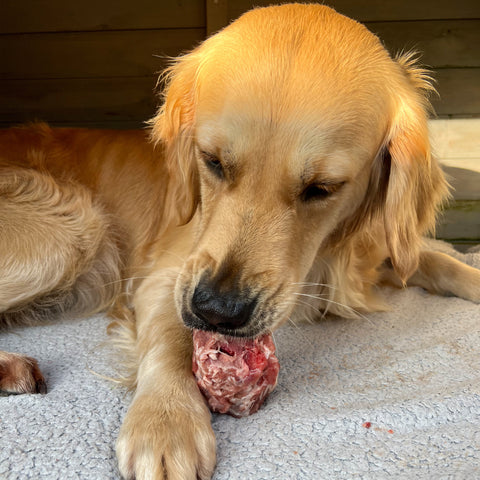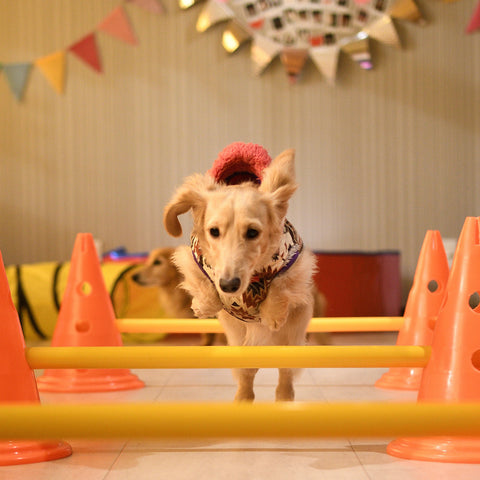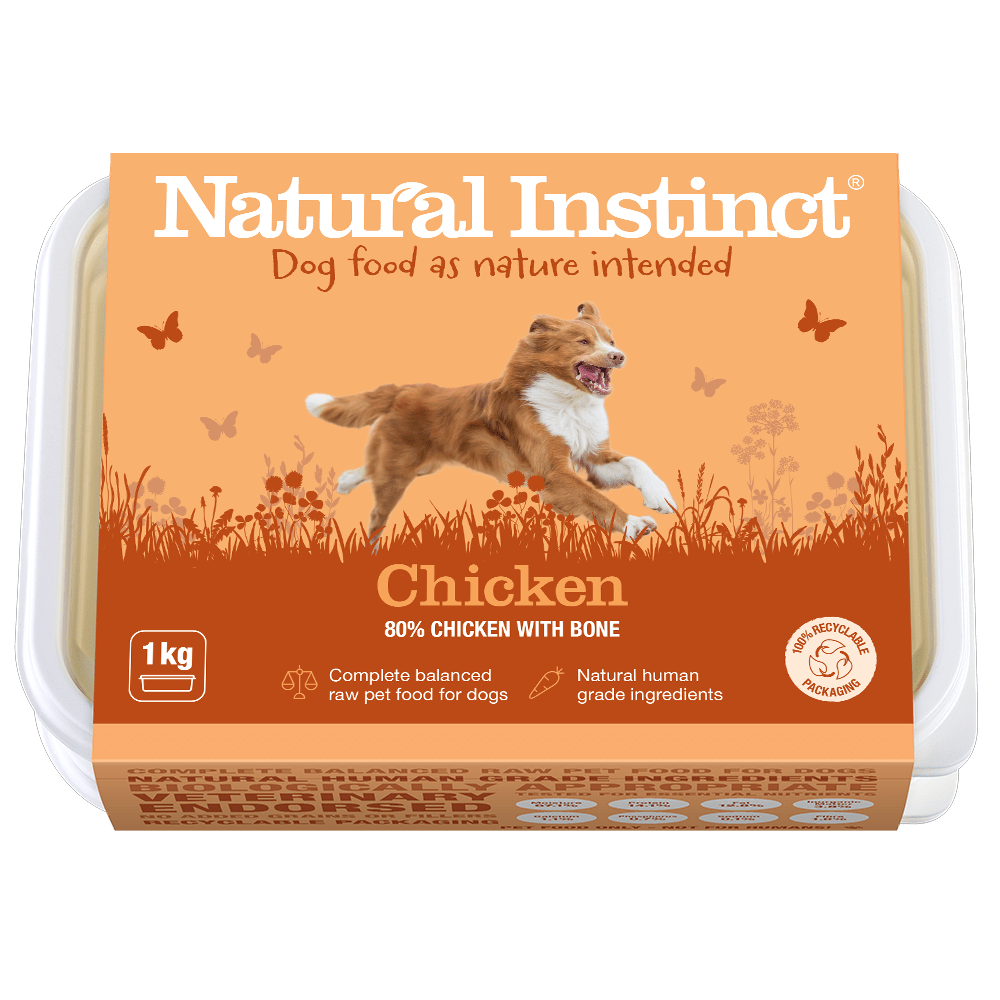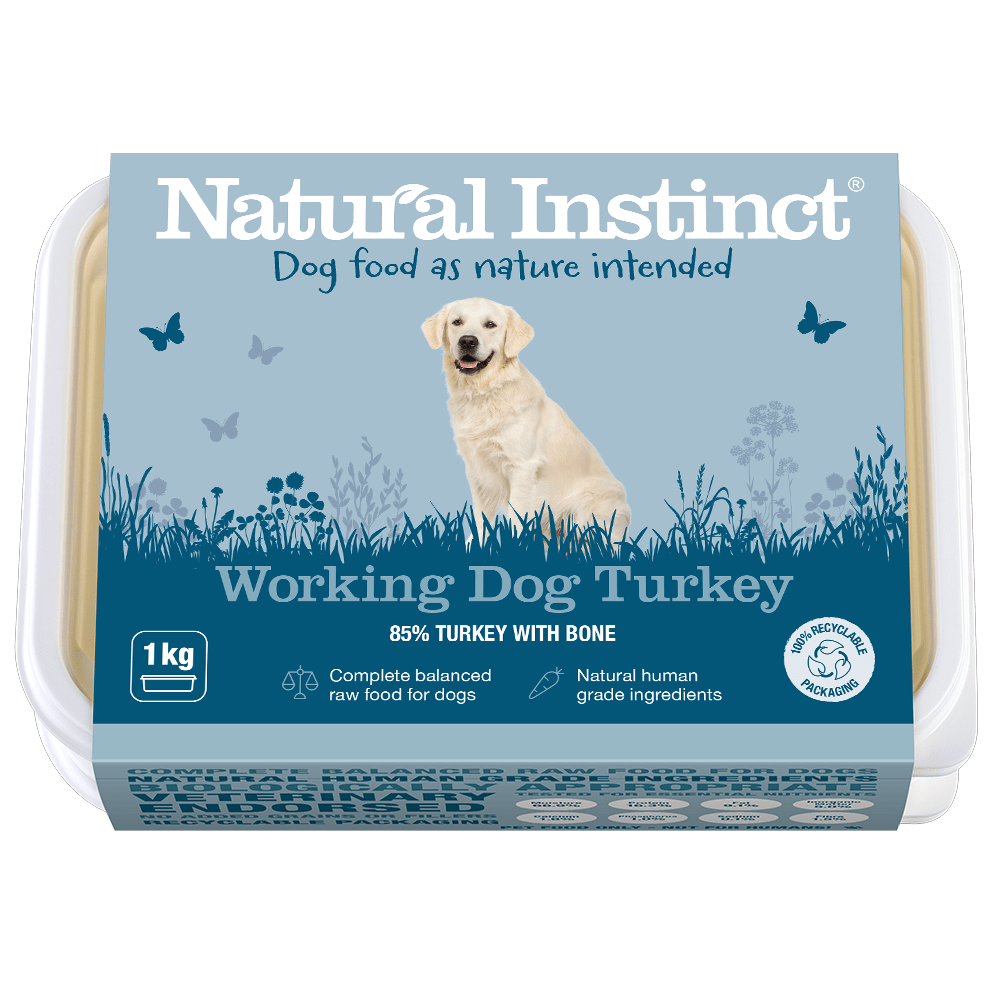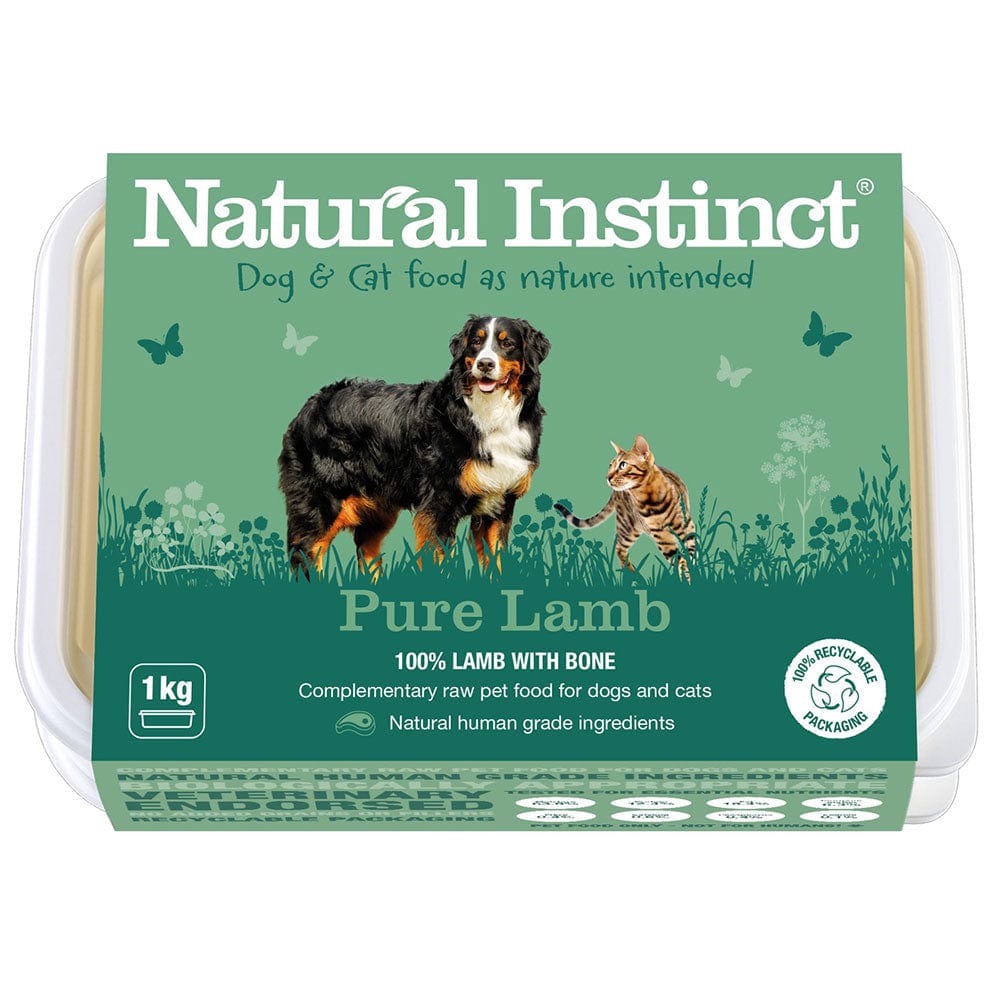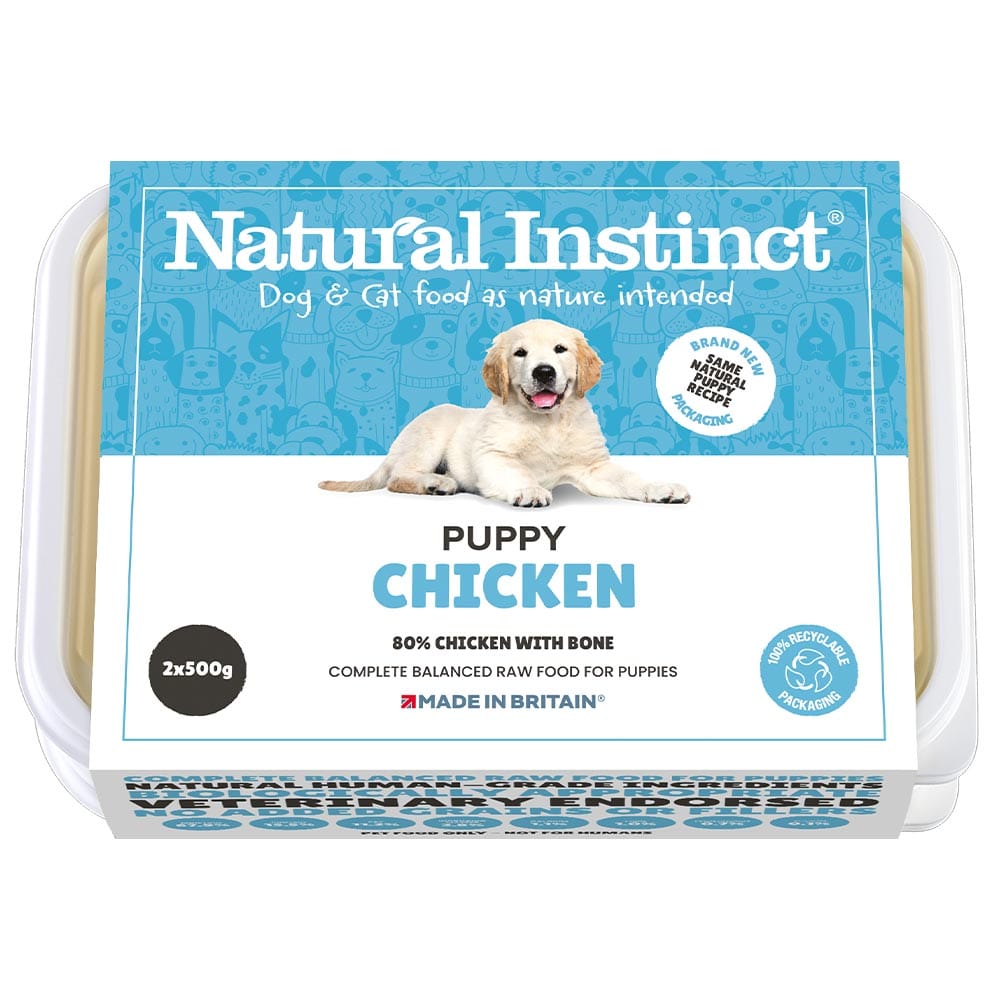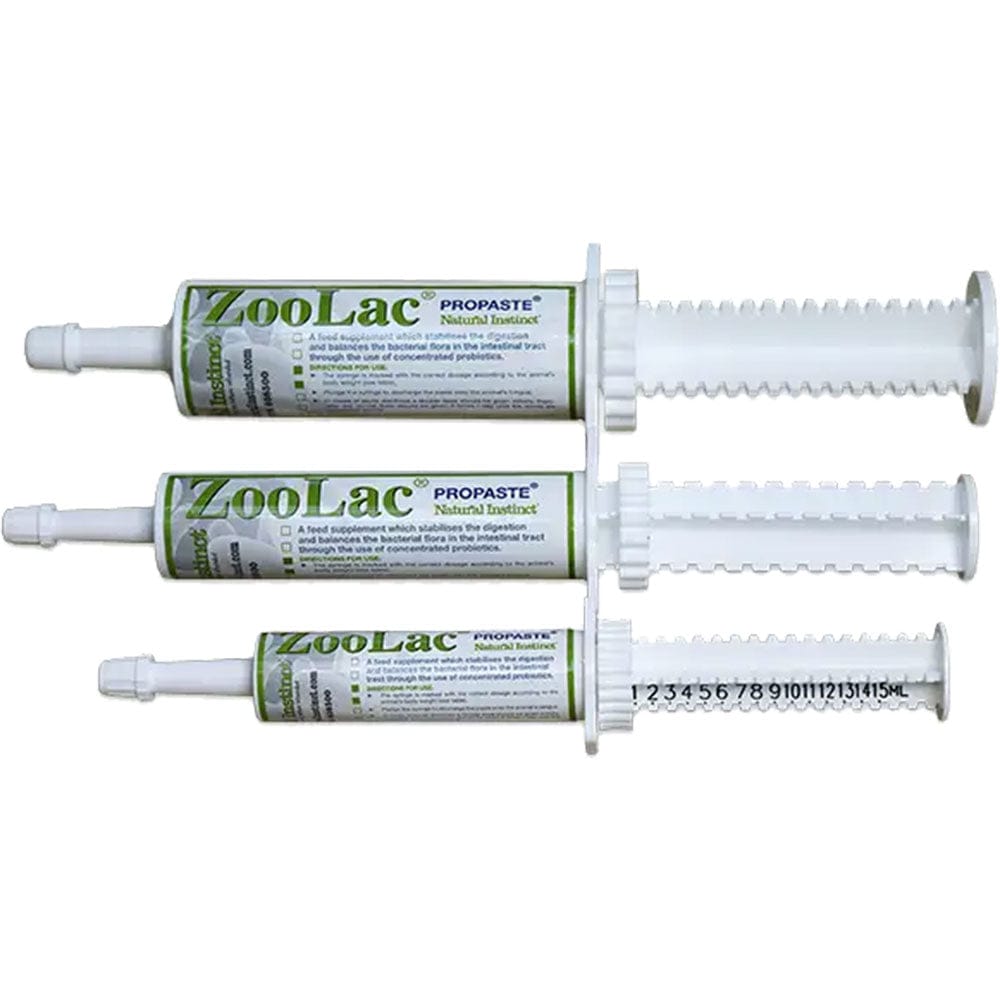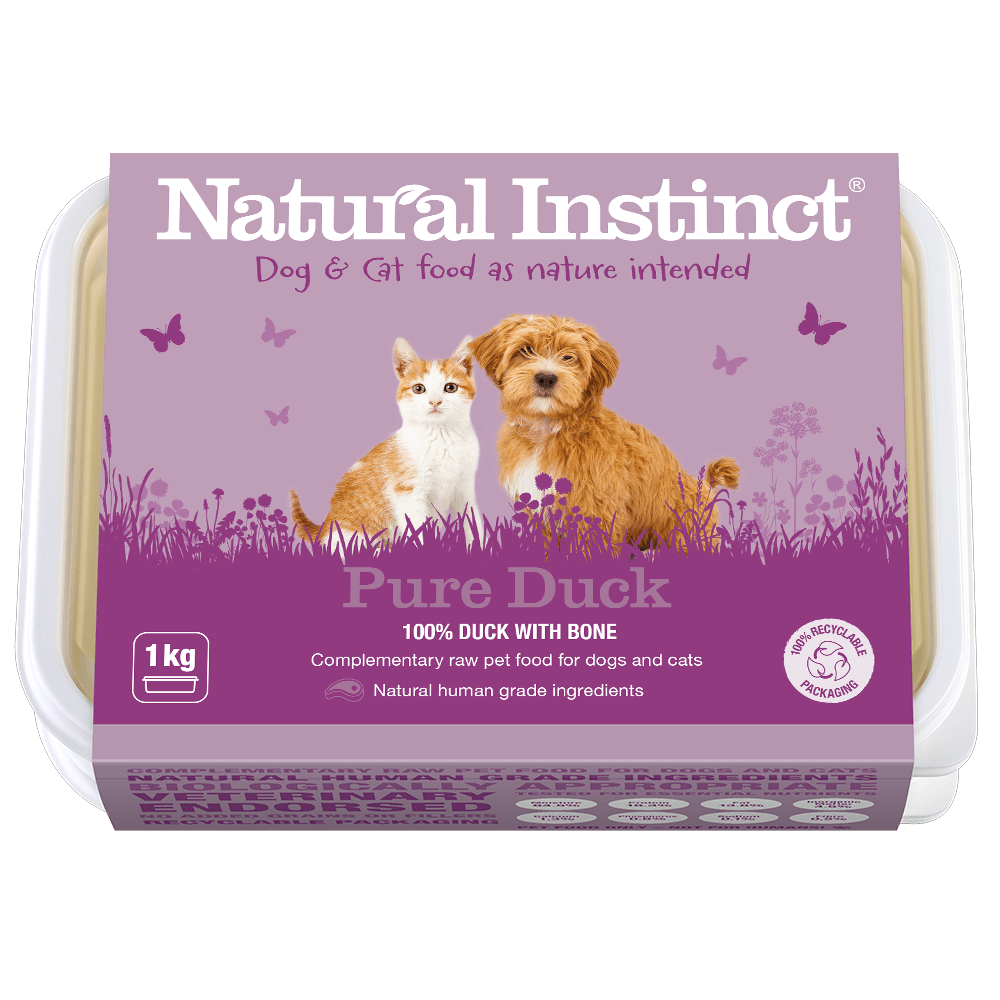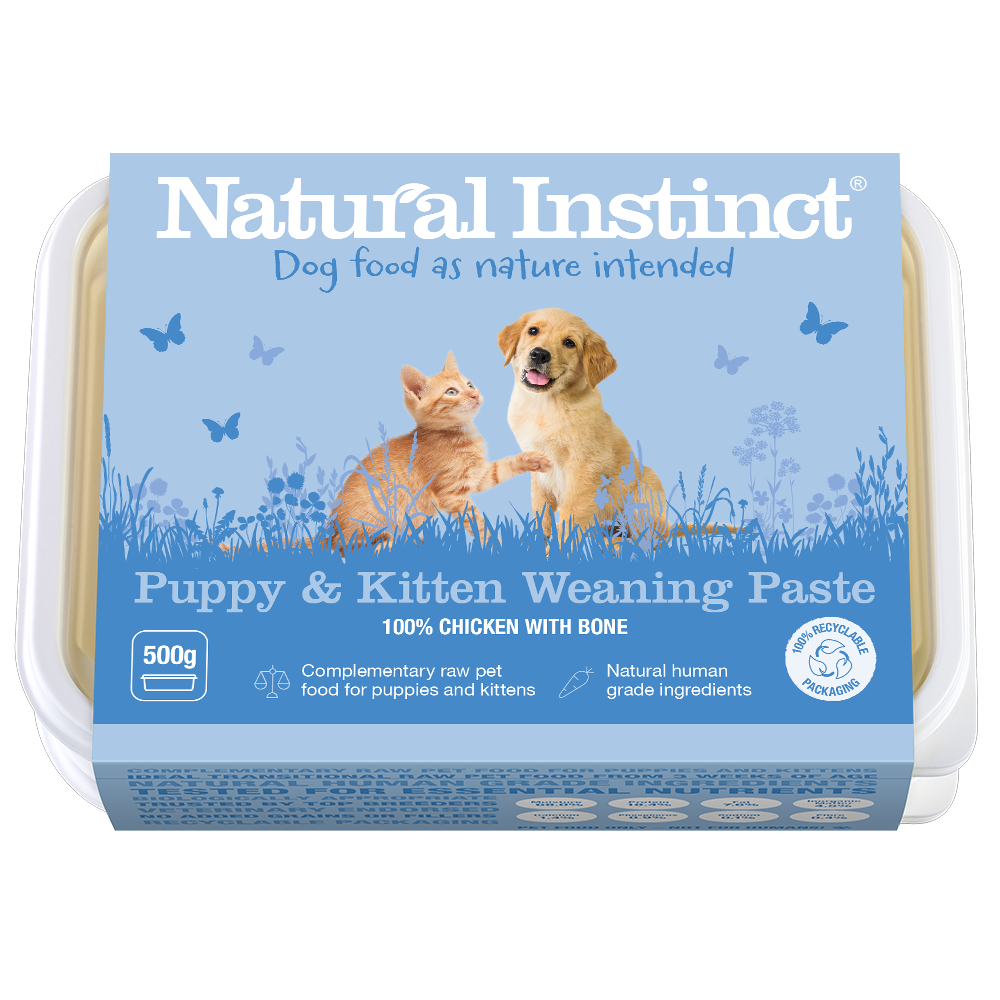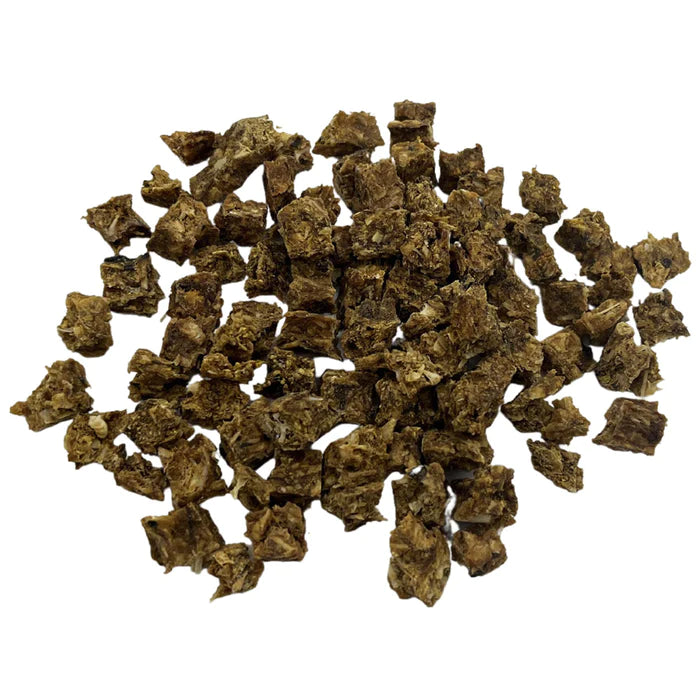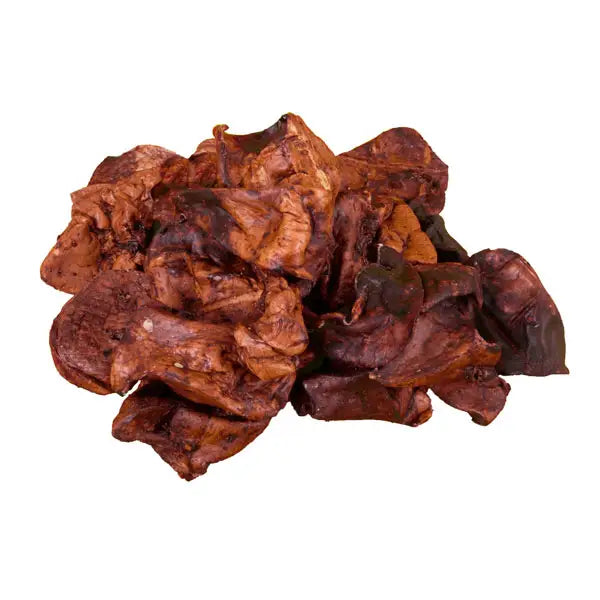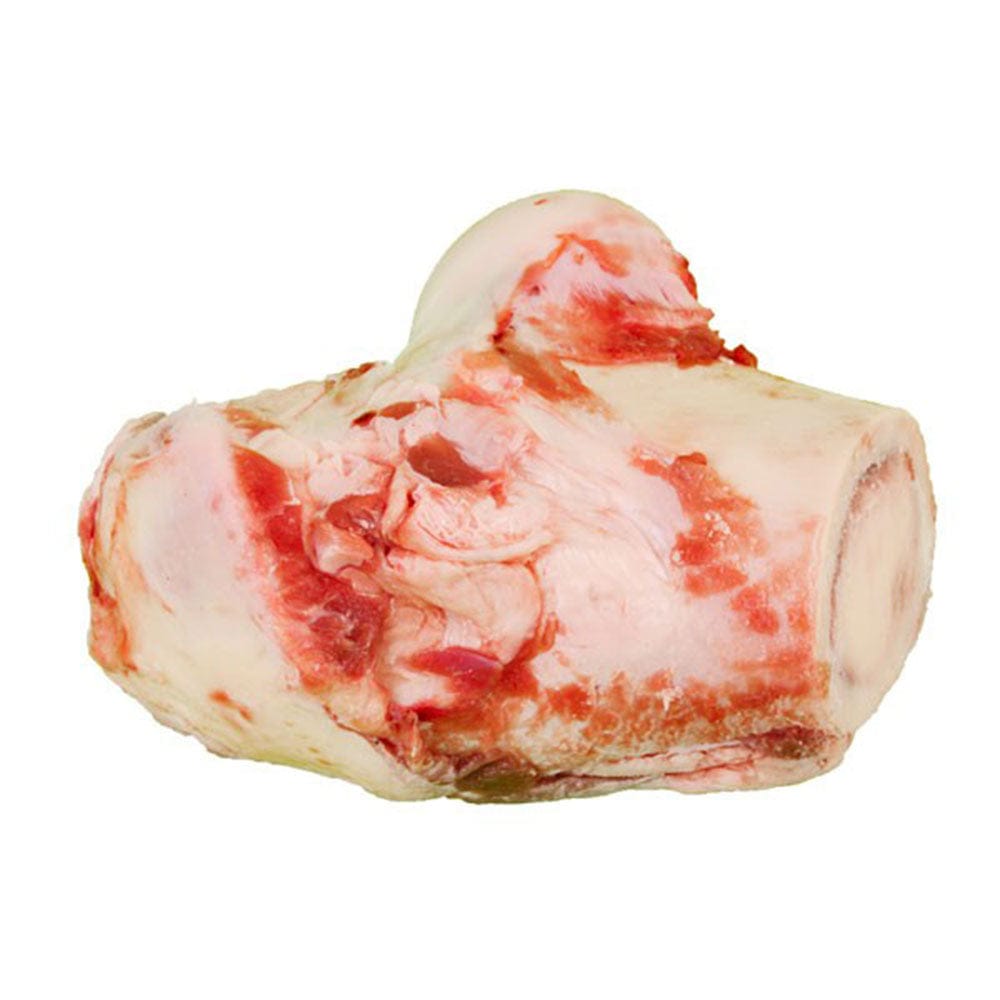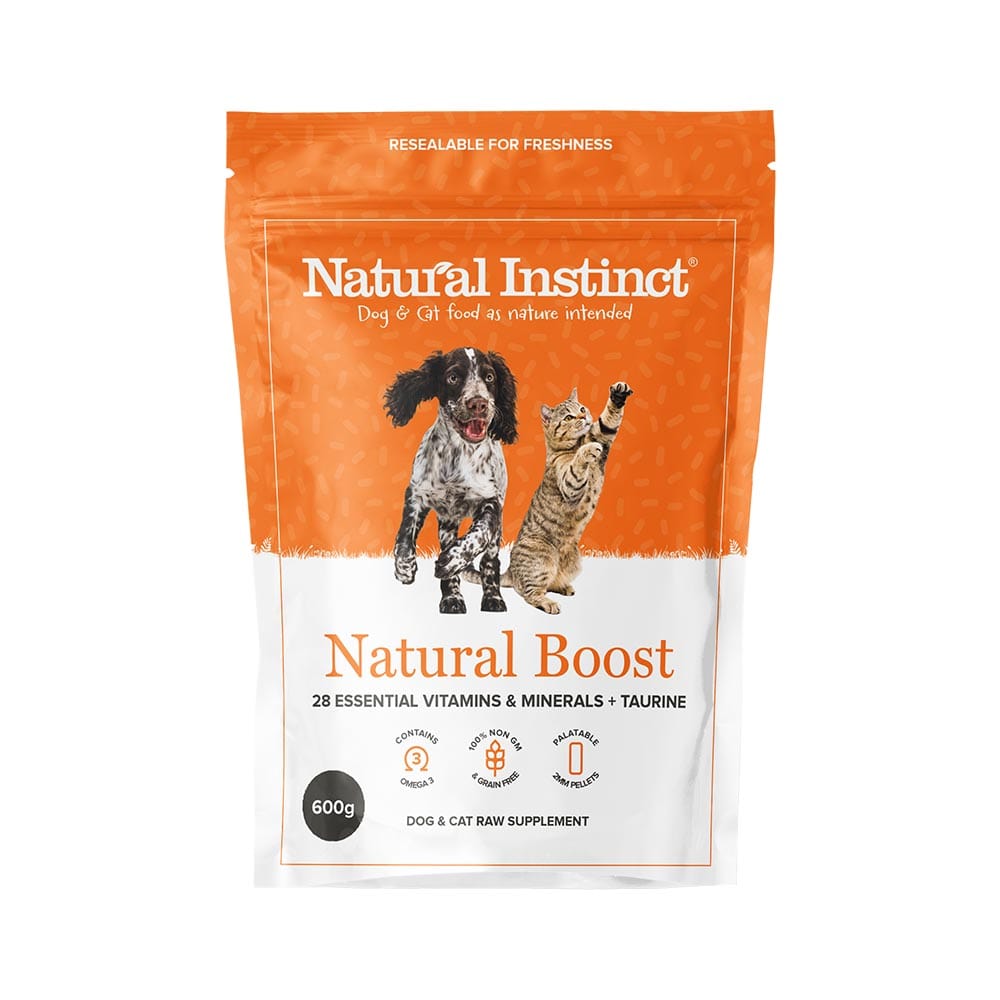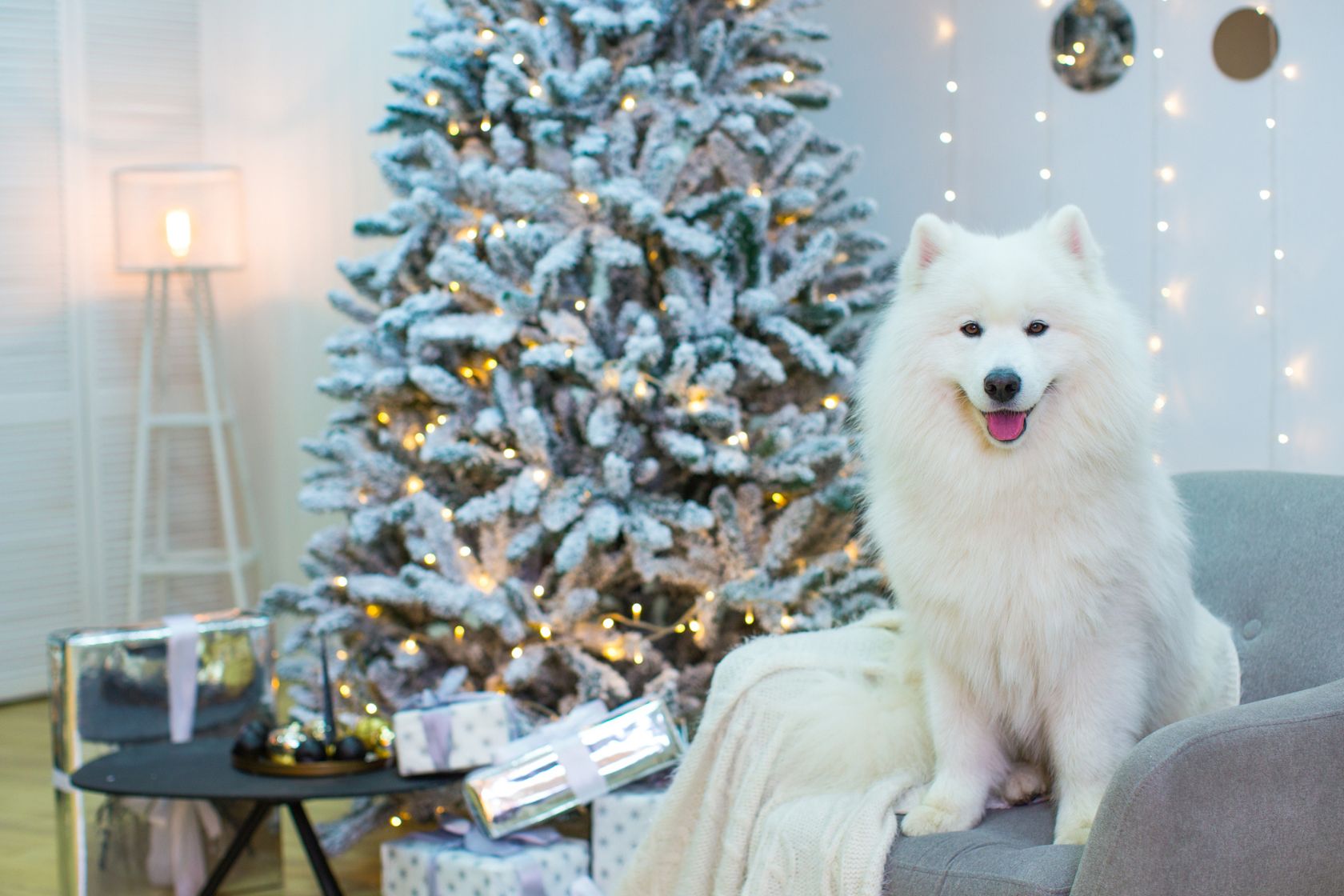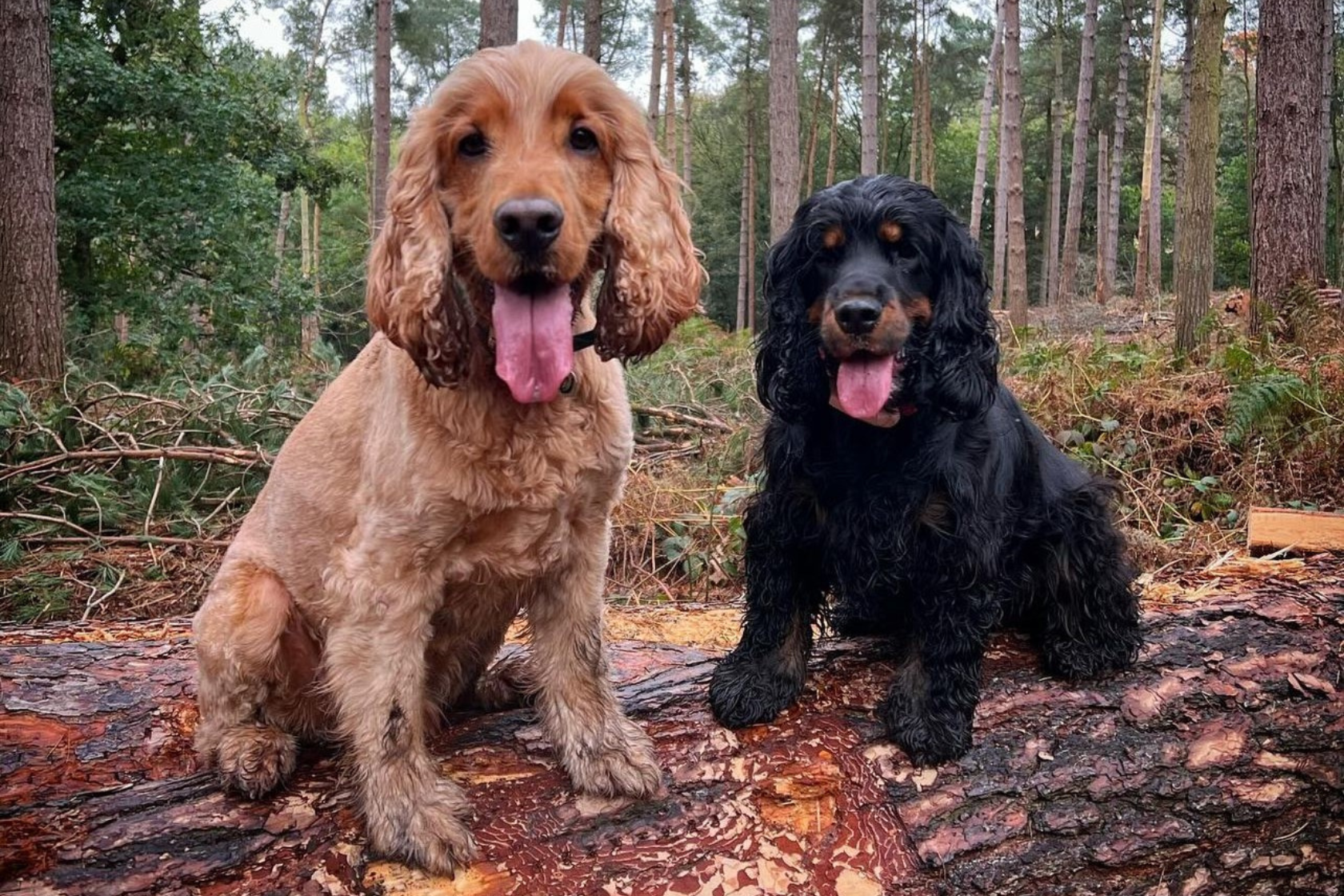Our animal behaviourist and canine specialist, Kirsten Dillon, shares her fun games to keep your furry friend entertained throughout the winter.
Winter is finally here, which means dark, wet, cold walks are back. The wintertime can make outdoor walks an unpleasant experience for you and your dog. Here is my advice to brave the winter months.
Firstly, a common misconception is that you must walk your dog twice a day every day. It is OK if you cannot walk your dog twice a day, every day. As far as exercise goes, it should be quality over quantity. An exciting, 30-minute 'sniffy' walk is better mentally and physically for your dog than two frenzied or rushed walks. Variety is the spice of life where exercise is concerned, so try to vary the locations of your walks as much as possible. For those days when outdoor exercise is not possible, there are fun, simple games that will provide your dog with the mental stimulation they require.
Targeting
Rub a treat on the palm of your hand, hold out your palm, and wait for your dog to investigate the smell. As your dog's nose touches your palm, say "yes" and give them the treat from your other hand. Present your palm a few more times. Once they know to touch it with their nose, you can add the word "touch", and when you move your palm around, they should follow. Targeting is an excellent way to get your dog moving without dragging, pushing or pulling them. You can use targeting for loose lead walking (presenting your palm backwards by your side), calling your dog off the sofa, or finishing a recall.
Place
Using a small mat, rug or tea towel, place it on the floor somewhere you'd like your dog to be. Then throw a treat on it a couple of times to interest your dog, and once they touch the mat, say "yes" and reward them. Work up to getting them to sit, lie or stand on the mat when you point to it and say the cue word "mat". Practice as often as it takes until you can say "mat", and your dog goes to the right place and stays there. Please note that body positioning is largely unimportant. What we are after is your dog staying in the correct place after the cue word is said. Place is a great exercise to teach your dog how to react to doorbells. Once your dog responds to "mat", you can pair the exercise with your doorbell. Record or ring your doorbell and ask them to go to their mat when they hear it. Reward this action heavily. Then, you can begin taking their mat with you when you go out, as they will recognise it as a place where they are expected to settle and stay.
Find it
Hide a small treat somewhere, making sure your dog can see you, then let them find the treat once you say the cue word "find". You can use a baby gate or hold onto them to ensure they don't grab the treat before you say the cue word. Repeat this until your dog associates the cue word "find" with finding a hidden treat. Once your dog reliably completes this action, you can begin hiding the treat without them seeing, slowly increasing the difficulty level. Once all the treats are found, say the cue word "finished" and show open palms; this prevents frustration if they continue searching. It is an excellent boredom-busting game to take out on walks to keep your dog's focus and stimulate them even more. When playing in your home, be mindful of how smelly the treat is, as you don't want the smell to linger and confuse your dog once the game has finished.
Indoor agility
Using your furniture, you can make an indoor agility course for your dog. Chairs can be jumps, table legs can be weaving poles, a draped blanket over chairs or tables can work as a makeshift tunnel, or even a child's hula-hoop can become a target for jumps. The possibilities are endless. The overarching goal is for your dog to follow your instructions and concentrate. You can use food or treats to lure your dog first, then begin luring them with an empty hand and finish by using a hand signal and rewarding them with a treat. Indoor agility improves self-control, encourages balance and body awareness and uses different muscle groups.
Invest in lots of bones and chew treats
Licking and chewing are extremely satisfying, boredom-busting, and stress-relieving activities for your dog and are ideal when you're busy.
Check out these fantastic resources for help with indoor activities:
